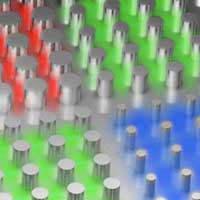 By expanding on existing designs for electrodes of ultra-thin solar panels, researchers have developed a new architecture for OLED - organic light-emitting diode - displays that could enable televisions, smartphones and virtual or augmented reality devices with resolutions of up to 10,000 pixels per inch (PPI).
By expanding on existing designs for electrodes of ultra-thin solar panels, researchers have developed a new architecture for OLED - organic light-emitting diode - displays that could enable televisions, smartphones and virtual or augmented reality devices with resolutions of up to 10,000 pixels per inch (PPI).
Thursday, October 22, 2020
Future VR could employ new ultrahigh-res nanophotonic display
 By expanding on existing designs for electrodes of ultra-thin solar panels, researchers have developed a new architecture for OLED - organic light-emitting diode - displays that could enable televisions, smartphones and virtual or augmented reality devices with resolutions of up to 10,000 pixels per inch (PPI).
By expanding on existing designs for electrodes of ultra-thin solar panels, researchers have developed a new architecture for OLED - organic light-emitting diode - displays that could enable televisions, smartphones and virtual or augmented reality devices with resolutions of up to 10,000 pixels per inch (PPI).
Do the twist: Making two-dimensional quantum materials using curved surfaces
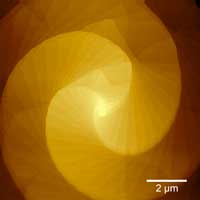 Scientists have discovered a way to control the growth of twisting, microscopic spirals of materials just one atom thick.
Scientists have discovered a way to control the growth of twisting, microscopic spirals of materials just one atom thick.
A first-of-its-kind nanoparticle catalyst mimics natural processes to break down plastic and produce valuable new products
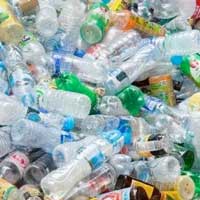 Researchers have developed a first-of-its-kind catalyst that is able to process polyolefin plastics such as polyethylene and polypropylene, types of polymers widely used in things like plastic grocery bags, milk jugs, shampoo bottles, toys, and food containers.
Researchers have developed a first-of-its-kind catalyst that is able to process polyolefin plastics such as polyethylene and polypropylene, types of polymers widely used in things like plastic grocery bags, milk jugs, shampoo bottles, toys, and food containers.
Scientists create three-dimensional nanostructures using ion beams
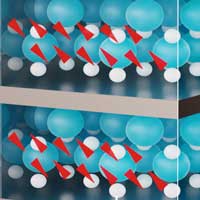 Effects at the interface between magnetic and non-magnetic layers have been exploited for data storage for three decades. This has led to a steady increase in hard drive storage capacity and is one reason why researchers see potential for ushering data processing into a new era.
Effects at the interface between magnetic and non-magnetic layers have been exploited for data storage for three decades. This has led to a steady increase in hard drive storage capacity and is one reason why researchers see potential for ushering data processing into a new era.
Scientists are working on cicada-inspired waterproof surfaces
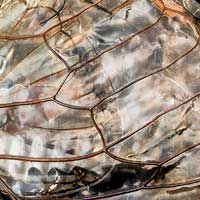 A multidisciplinary group that studies the physical and chemical properties of insect wings has demonstrated the ability to reproduce the nanostructures that help cicada wings repel water and prevent bacteria from establishing on the surface.
A multidisciplinary group that studies the physical and chemical properties of insect wings has demonstrated the ability to reproduce the nanostructures that help cicada wings repel water and prevent bacteria from establishing on the surface.
Reviewing multiferroics for future, low-energy data storage
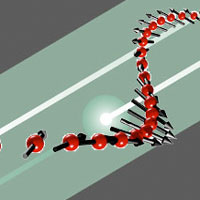 A new study comprehensively reviews the magnetic structure of the multiferroic material bismuth ferrite.
A new study comprehensively reviews the magnetic structure of the multiferroic material bismuth ferrite.
With innovative nanofiber membranes, cloth masks' efficacy goes up to 99%
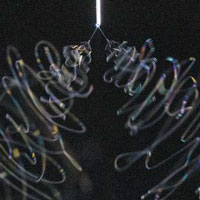 Researchers have developed a nanofiber membrane that can be sandwiched between the cloth pieces in a homemade mask. These nanofibers make regular cloth masks as strong as N95 masks.
Researchers have developed a nanofiber membrane that can be sandwiched between the cloth pieces in a homemade mask. These nanofibers make regular cloth masks as strong as N95 masks.
World record resolution in cryo electron microscopy
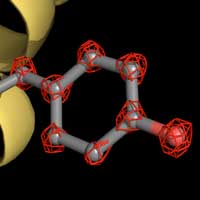 Novel technique visualizes individual atoms in a protein with cryo electron microscopy for the first time.
Novel technique visualizes individual atoms in a protein with cryo electron microscopy for the first time.
Loose nanofiltration membrane is promising for resource recovery
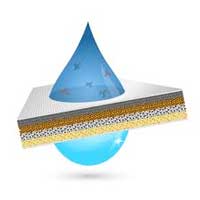 A new review summarizes the developments in the emerging field of loose nanofiltration, and provides guidance to improve the fabrication of loose nanofiltration membranes and facilitate their applications in resource recovery.
A new review summarizes the developments in the emerging field of loose nanofiltration, and provides guidance to improve the fabrication of loose nanofiltration membranes and facilitate their applications in resource recovery.
Turning streetwear into solar power plants
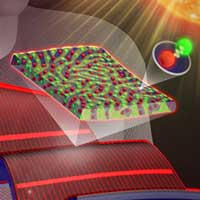 Researchers succeeded in developing a material that works like a luminescent solar concentrator and can even be applied to textiles. This opens up numerous possibilities for producing energy directly where it is needed, i.e. in the use of everyday electronics.
Researchers succeeded in developing a material that works like a luminescent solar concentrator and can even be applied to textiles. This opens up numerous possibilities for producing energy directly where it is needed, i.e. in the use of everyday electronics.
Subscribe to:
Comments (Atom)
